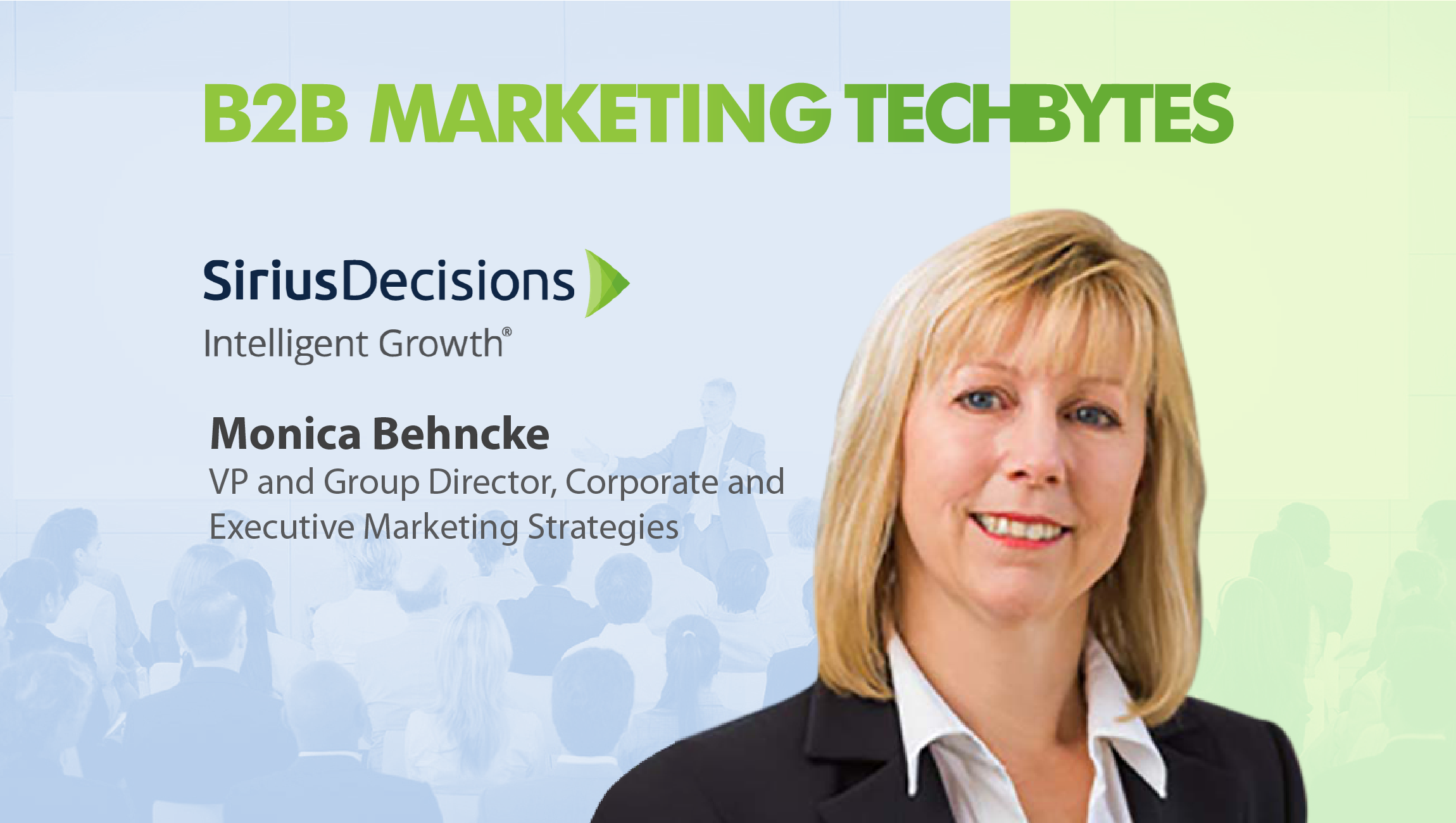Today, consumers are overwhelmed with more marketing stimuli than ever before. According to leading brand strategist and author Kevin Lane Keller, consumers are exposed to more than 20,000 product choices within a 30-minute shopping session. One can imagine this number has grown exponentially with the rise of digital advertising, online shopping, and increased in-store promotions in the 9 years that have passed since he wrote that.
We all realize that clear focused branding is paramount to success. Consumer trends are shifting at accelerated rates; challenging marketers to create brand packaging images that resonate with specific consumer demographics. Compounding this is the advent of product lines containing several linked products. A quick trip to the supermarket reveals that many CPG brands offer multi-product lines that link via packaging. A typical hair-care product line typically includes shampoo, conditioner, mousse and more. The goal of owning the shelf relies more on packaging than price and promotion, and getting it right is a strategic imperative.
While we’d love to be able to say consumers make purchases based on quality, packaging design plays an increased and important role. Often the first impression a consumer has of a brand is the packaging, which means they are likely to base their expectation of the product on its appearance. Product marketers agree consumer feedback is critical to the process of creating packaging that resonates with consumers.
Also Read: How to Find the Right AI Platform for B2B Marketing and Sales Success
In addition to getting the packaging right, marketers are competing in a digitally-driven hyper-economy where time-to-market means days instead of months. Brands must find greater efficiencies in the tools and processes they use without sacrificing accuracy, quality, and budget to compete effectively; this includes finding greater efficiencies in learning about consumers’ desires in the all-important research phase of developing impactful packaging.
Traditionally, marketers would often roll the dice and simply chose a packaging design they or their internal team found appealing and rush it to market. Alternatively, they relied on focus- groups to narrow product packaging designs down to three to five choices, then conducted surveys to determine consumer desirability. The former approach is dangerous and the latter, more customer-centric approach is resource consuming for brands that need to move swiftly to market.
However, recent developments in market research automation, in particular, automated online surveys, allow marketers to streamline the product packaging design process. In doing so, they can discover more in-depth insights into originality and customer appeal, including the consumer’s propensity to buy or remember a product based on individual graphics features, color, logos, and text elements. The best part: today many surveys are completed in just a few days.
Also Read: Flying Blind: The Struggle for People-Based Digital Identity Resolution
Different from traditionally draconian approaches to consumer surveys, automated online surveys allow for a greater clarity in a (much) shorter time to realize results. In the case of some new automated market research companies, surveys, analyses, and reports are completed 3x cheaper and 3x faster. One might think that marketers are trading speed and expense for accuracy and quality. However, the process is conducted in the same manner as traditional market research, only more efficiently. In fact, the speed at which automated online surveys are conducted often provides fresher, more relevant data.
Nor do marketers lose the all-important “human touch” with the automated online survey process. Some firms continue to leverage their deep experience in market research to every analysis and report. This human interpretation ensures clients don’t need a data-mining background to interpret raw data. Instead, they receive a clear understanding of what their research means. In most cases, it’s 90% automation and 10% human analysis – this 10% is crucial for marketers seeking a competitive edge.
Today, there is a wide array of marketing automation tools, such as HubSpot, Oodi, Marketo, and more that allow brands to find greater efficiencies. Automated online surveys provide marketers a swifter time to market without sacrificing accuracy and quality while delivering fresh, relevant data to help make better decisions. In the complex world of consumer marketing, automated online surveys provide product marketers with a unique tool to gain a competitive advantage.
Recommended Read: How Can We Take Facebook Marketing to the Next Level?



